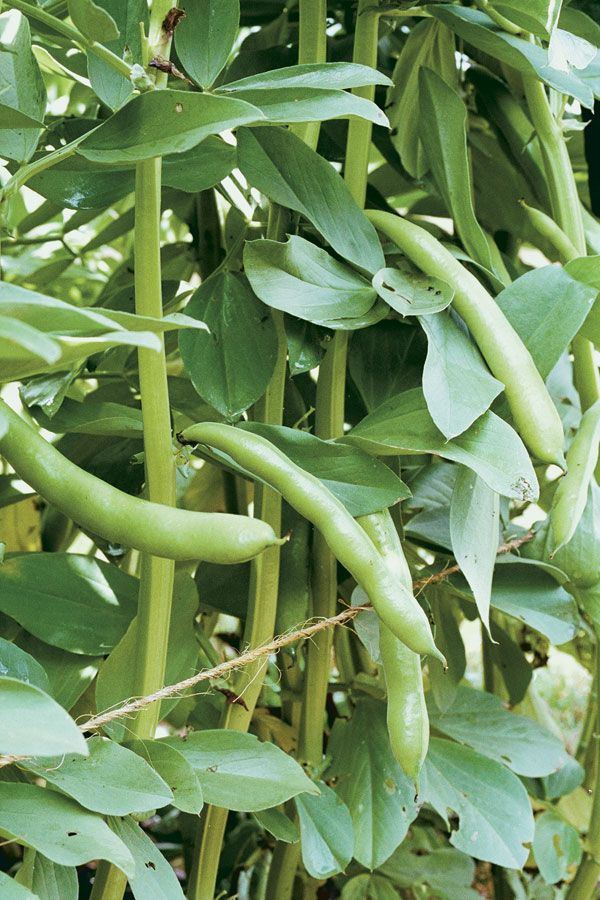
by Ed Miller
June 1997
from issue #9
I’d never met a fava bean until I moved to northern California in the early 1980s and started my market garden. I noticed that the local Italians seemed to love these strange, giant, puffy-looking beans, so I decided to try growing them. The real eye-opener came when I took my crop to the farmer’s market. It wasn’t just Italians who were enthusiastic about them; I was amazed at how excited customers of Middle Eastern descent got over the favas. They bought bucketsful! So I figured favas must be a great vegetable.
And so they are. Favas are rich, meaty, and succulent, with a background taste of bittersweet. They are also versatile and usable at different stages, from the immature pod to the fresh bean to the dried state. Countless recipes from around the world call for fava beans.
The fava (Vicia faba) is actually not a bean at all, but a vetch (another type of legume) that originated in western Asia. Unlike our heat-loving, New World bean, favas thrive in cool, wet weather. In areas where they can overwinter, favas are one of the most welcome and highly productive spring vegetables. In cold-winter areas, they can still fill an important, early, fresh vegetable niche. You should find a spot in your garden for favas because of their time of harvest and their wonderful taste.
Grow favas as you would peas
Most varieties of fava grow 2 ft. to 4 ft. tall, making a bushy plant with several stems. The attractive, purple-spotted, white flowers are the first to attract bees to my garden in the spring. Like peas, favas grow best when temperatures are 60˚ to 65˚F and soil is moist. Temperatures much over 80˚F result in loss of quality, reduced production, and pest problems. Therefore you should time favas as you would peas. The northern United States and Canada have optimum growing conditions in spring and summer. Elsewhere, there are two general planting strategies depending on climate.
In moderate winter areas, plant from early fall through late winter. Because fava plants can tolerate temperatures down to about 15˚F, they can be overwintered for spring harvest in parts of the South and on the Pacific Coast. Here in northern California, I plant from November to February for a May crop. I also sow favas in early September for a late fall harvest.
Where winters are cold and summers are hot, plant as early as possible in spring. Gardeners who live in areas like the Midwest and Mid-Atlantic regions often have a narrow window of fava-growing weather before the heat hits. The key is to get the seed in the ground as early as possible. Favas germinate amazingly well in cool soils, so push the rule “as early as the soil can be worked.” Choose faster maturing varieties with greater heat tolerance, like ‘Loreta’. Also, you can start favas in a greenhouse or under lights indoors and transplant them into the garden after hardening them off.
Inoculate seeds for better growth
Favas do not require high soil fertility. That’s because, being a legume, they manufacture their own fertilizer right out of thin air. To aid them in their task of converting atmospheric nitrogen into a form their roots can use, I inoculate favas with rhizobium bacteria (sold in many of the same catalogs that sell fava seeds). These bacteria live on the legume’s roots in little nodules, and are the agents that convert or “fix” the nitrogen. There is an inoculant specific to V. faba, but a general legume inoculant is satisfactory. Just before planting, I put the seeds in an old coffee can, dampen them slightly, then add inoculant and shake well until each seed is coated with the dark powder.
I plant the seeds 1 in. deep in wet or heavy soil (an inch deeper in dry) with the dark eye down. I space seeds 4 in. apart, with three rows along the length of my 4-ft.-wide beds. Germination can take up to three weeks. Once favas are up and growing, I thin them to 8 in. apart.
Stake the plants and watch out for aphids
Full-grown favas have a tendency to flop over, sometimes breaking in windy conditions when the stems are heavy with pods. To lessen the potential damage, I stake the perimeter of my beds, before pods get large, with a couple of rows of twine, starting about 18 in. above the ground.
Favas grow with few problems in moderate temperatures. (They do a lot better than peas in our cool, wet winters.) Once hot weather arrives, my favas sometimes have serious aphid infestations. While there are sprays that control aphids, my solution is simply to cut off the tops of the plants where the aphids congregate. This shouldn’t reduce production much since the plant is in its later stages of pod development at this point.
You’ll find favas listed in the bean section of seed catalogs, sometimes under their English label, broad bean. There is a relatively large number of varieties available for such a low-profile vegetable. I grow ‘Long Pod’, which does well in coastal California. Also worthy of consideration are ‘Aquadulce’, originally a Spanish variety dating from 1844; ‘Aprovecho Select’, which has very large beans; ‘Sweet Lorane’, advertised as the small-seeded variety with the best flavor; and ‘Loreta’ for which hot weather tolerance is claimed.
Fava fine points
• Favas need 2-1⁄2 to 3 months of cool weather. In mild-winter areas, plant fall through late winter for spring harvest. In cold-winter/hot-summer areas, plant as soon as ground is workable for early summer harvest.
• Dampen seeds, coat with inoculant, and plant immediately. Push the seed, eye downward, 1 in. to 2 in. deep, and 4 in. apart. When seeds have sprouted, thin to 8 in.
• To keep plants from keeling over, plant in blocks of 3 rows 12 in. apart. Encircle the planting with twine 18 in. off the ground.
Sources
All except Native Seeds/SEARCH sell legume inoculant, as well as fava seeds.
Johnny’s Selected Seeds
955 Benton Avenue
Winslow, Maine 04901
877-564-6697
www.johnnysseeds.com
Native Seeds/SEARCH
526 N. 4th Ave.
Tucson, AZ 85705
520-622-5561
www.nativeseeds.org
Seeds of Change
PO Box 15700
Santa Fe, NM 87506
888-762-7333
www.seedsofchange.com
Fine Gardening Recommended Products

A.M. Leonard Deluxe Soil Knife & Leather Sheath Combo
Fine Gardening receives a commission for items purchased through links on this site, including Amazon Associates and other affiliate advertising programs.

Berry & Bird Rabbiting Spade, Trenching Shovel
Fine Gardening receives a commission for items purchased through links on this site, including Amazon Associates and other affiliate advertising programs.

Gardener's Log Book from NYBG
Fine Gardening receives a commission for items purchased through links on this site, including Amazon Associates and other affiliate advertising programs.

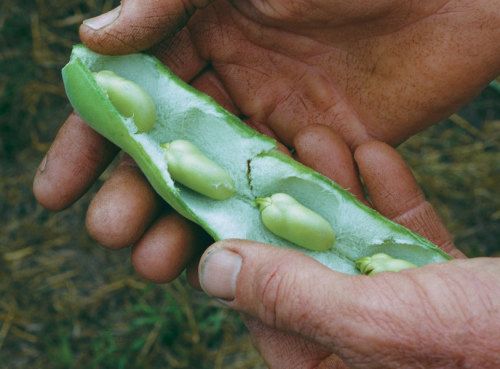
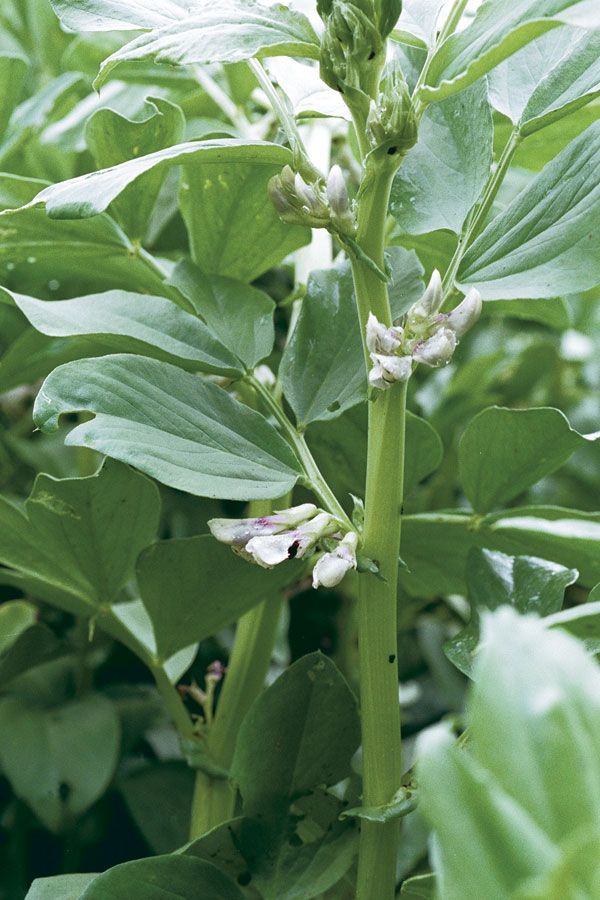
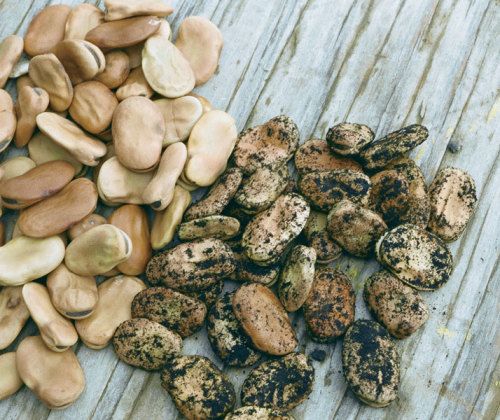
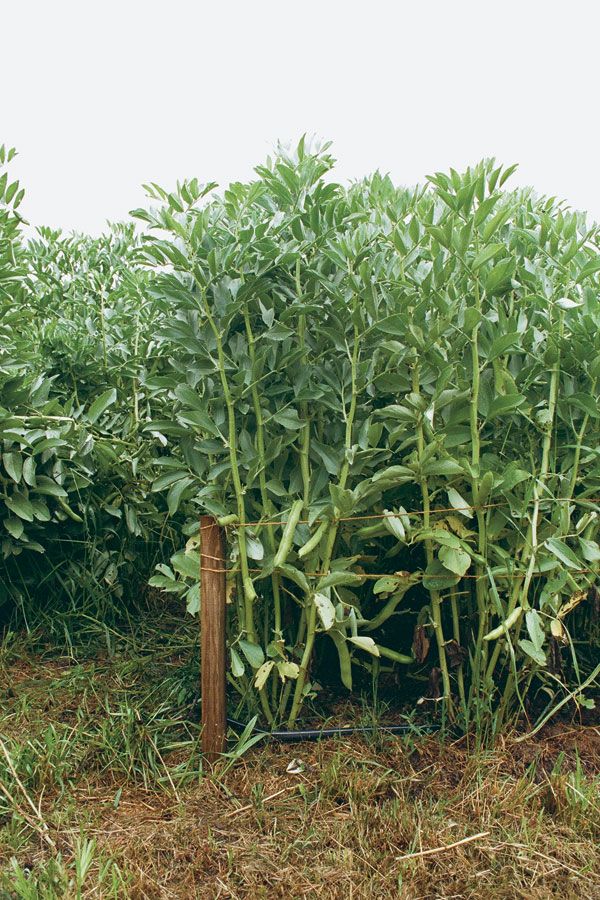




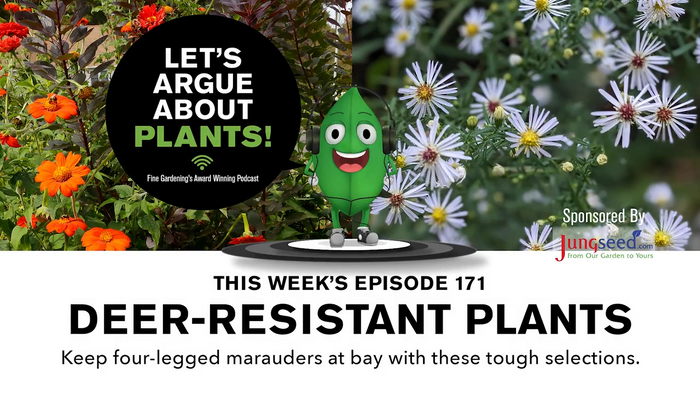












Comments
Log in or create an account to post a comment.
Sign up Log in